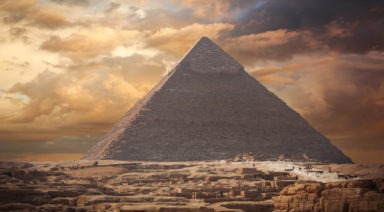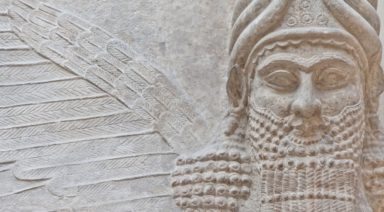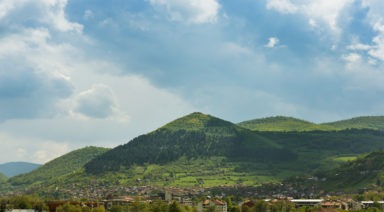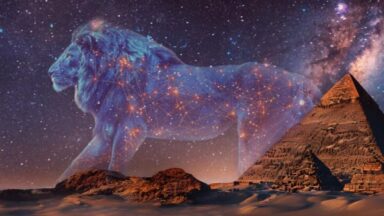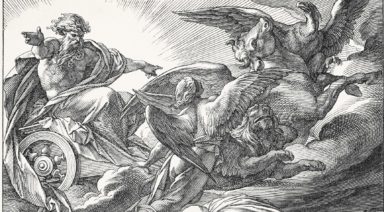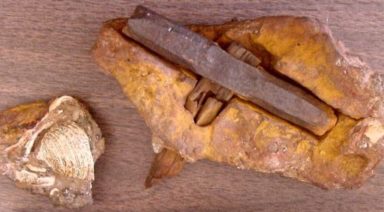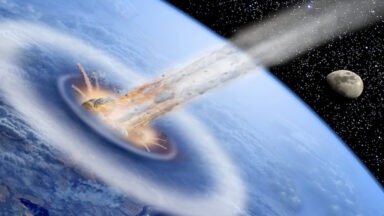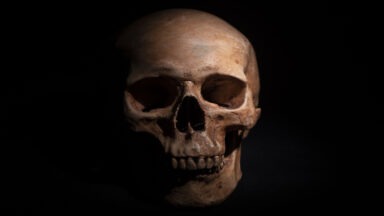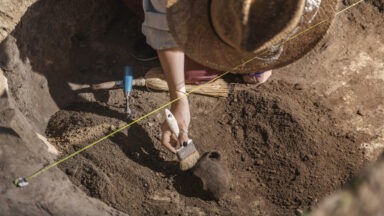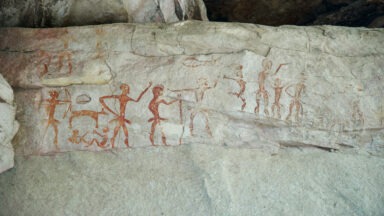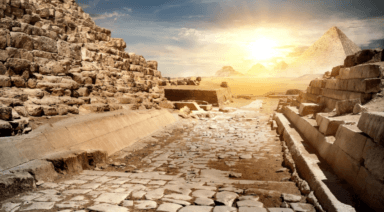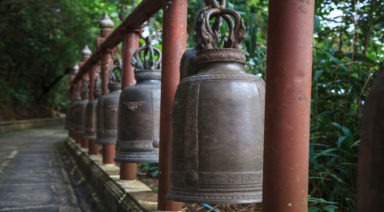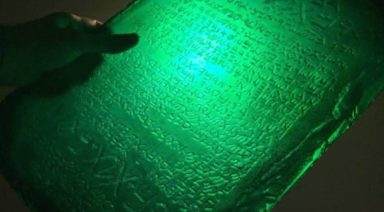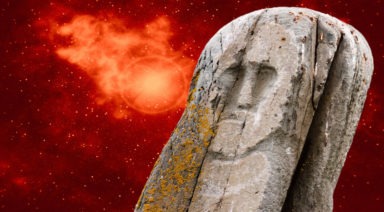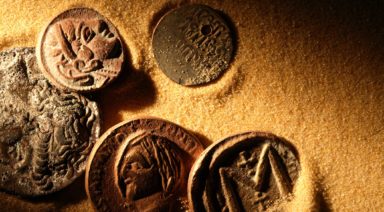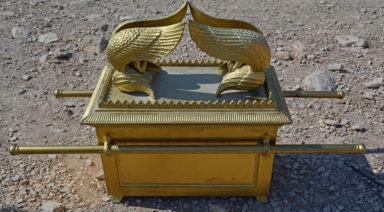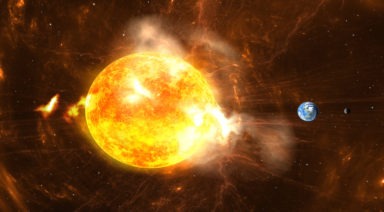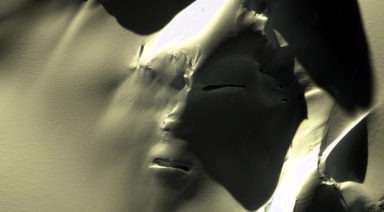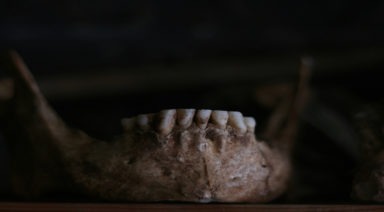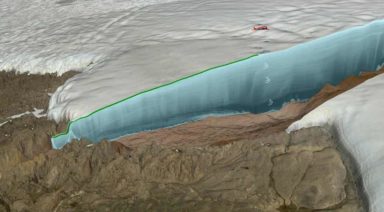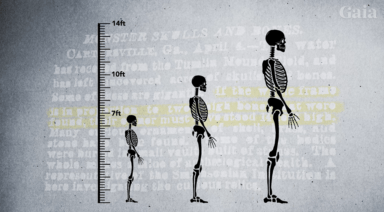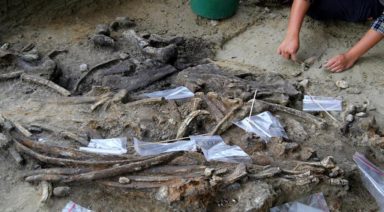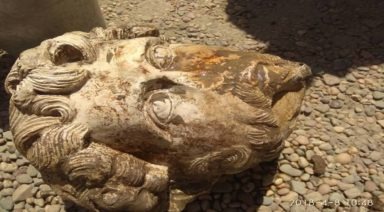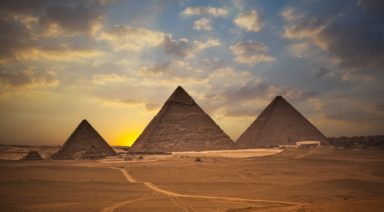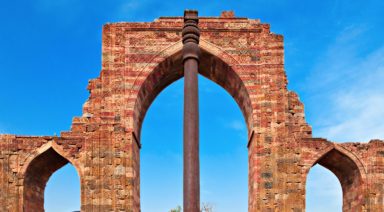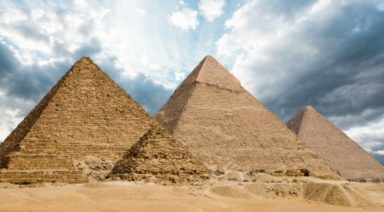Who Built the Great Sphinx?
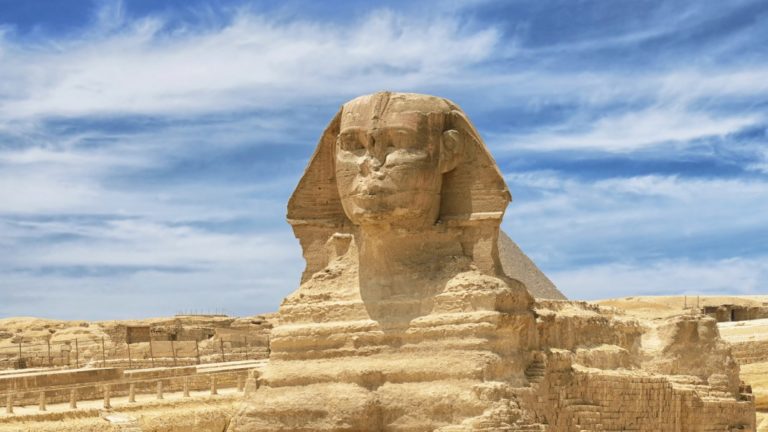
The Great Sphinx is an iconic piece of history that’s just as remarkable as it is mysterious. From its enormous size to its intricate detail, it’s nothing short of an astounding architectural feat.
Who built the Great Sphinx and why? How, exactly, was such a large-scale and magnificent structure constructed? What is the significance of the Sphinx — a mythical creature with a lion’s body and a human face?
While there are plenty of questions, one thing is certain: The Great Sphinx offers no shortage of details to explore.
Mystery of the Sphinx
The Great Sphinx in Giza, a city in Egypt that features other prominent monuments such as the Great Pyramids, measures 66 feet high and 240 feet long. It is, by far, the largest sculpture of the ancient world. It is made of various blocks of limestone that weighed up to 200 tons each.
Scholars have long held the belief the Sphinx was constructed for the Pharaoh Khafre, who reigned from approximately 2,520 to 2,494 BC. This could explain why the Sphinx seems to align geographically with the Pyramid of Khafre, where the pharaoh himself is buried, and a temple, which is located due east from the statue.
In contrast, some Egyptologists theorize the Sphinx was actually built by Khafre’s father, [King Khufu]http://www.guardians.net/egypt/sphinx/), or Khafre’s brother, Djedefre.
However, the age of the Sphinx is still up for debate, and a growing body of evidence suggests it may be even older than once thought — so old, in fact, the Sphinx may not have been constructed by the Egyptians.
Weathering
Researchers such as John Anthony West and R.A. Schwaller de Lubicz observed signs of weathering due to rainfall on the Sphinx, dating the construction of this marvel to the end of the last Ice Age, about 10,000 to 5,000 BC. While some weathering due to wind erosion is to be expected over the course of such a long time period, this particular type of weathering suggests the Sphinx was constructed at a time in which Egypt was not such a dry, barren environment.
Geologists confirmed that long, long ago Egypt was subjected to a period of flooding. During this period, the Sphinx was most likely covered in sand, which would have preserved its construction and protected it from wind erosion for many years. This is further supported by Napoleon’s rediscovery of the ancient structure in 1798, in which the Sphinx was buried up to its neck in sand.
Lion Symbolism
The Sphinx is depicted as a lion with a human head, which some speculate is a tribute to the constellation of Leo. However, it’s also curious to note the Sphinx and its alignment with the Giza pyramids and the Nile River closely mirror the orientation of Leo, Orion, and the Milky Way.
Graham Hancock and Robert Bauval, the researchers who made this observation, state this pattern represents the orientation of the aforementioned celestial bodies during the astrological Age of Leo, which occurred between the dates 10,970 and 8810 BC.
Who Really Built the Sphinx?
Longstanding theory suggests slaves built the Sphinx and the Great Pyramids using some sort of pulley system.
However, all of the aforementioned factors and more lead some to believe the Great Sphinx may have actually not been constructed by the Egyptians at all.
Zecharia Sitchin, a prominent ancient astronaut theorist, hypothesized the Annunaki constructed the Sphinx. These intelligent beings allegedly built the structure in a precise geographical location close to where they purportedly had spaceports on Earth. The alignment of the Sphinx and the Great Pyramids also mirrors that of pyramid-like structures found on Mars, possibly suggesting Giza served as a landing strip for spacecraft.
During a quest to discover the actual age of the Sphinx, John Anthony West and his team uncovered more than they had initially anticipated. Several underground cavities and tunnels were discovered beneath the structure, including a large chamber some 25 feet beneath the statue’s front paws. This is another piece of evidence that correlates to the Annunaki, who allegedly built sprawling underground structures and dwellings.
So who really built the Sphinx? No one can be completely sure, but there is certainly no shortage of fascinating details to explore and examine.
Want more like this article?
Don’t miss Ancient Civilizations on Gaia to journey through humanity’s suppressed origins and examine the secret code left behind by our ancestors.
Mount Roraima: A Floating Island Shrouded in Mystery
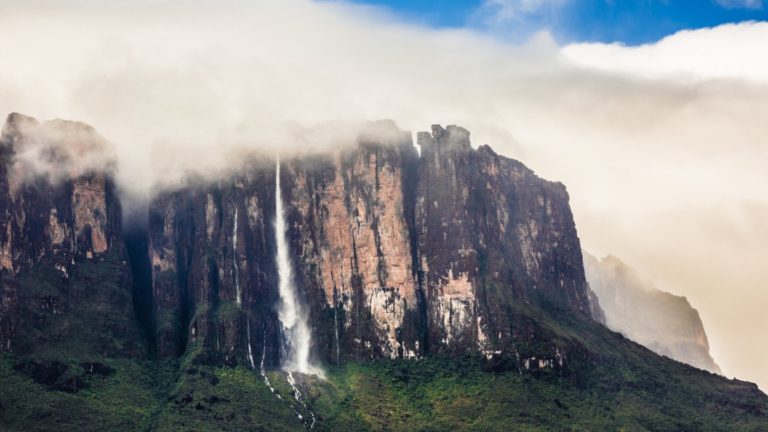
Hiking is a great way to explore nature, get exercise, spend time with friends, and … travel back in time?
Even for the most seasoned of explorers, Mount Roraima, a plateaued mountain about 1,300 feet high, located where Brazil, Venezuela, and Guyana converge, might prove to be an experience far beyond the typical.
Mount Roraima National Park, also known as “Monte Roraima” and the “floating island of Venezuela,” is different than the usual hiking trail or even the usual mountain. Its remote location, mixed with the mysterious air of untouched territory and indigenous folklore, makes it an adventure that promises much more than many who climb it bargained for.
Mount Roraima History
Before European conquistadores arrived in South America, indigenous populations revered Mount Roraima as a regional symbol, referring to it as the “Axis Mundi,” a tree where all the world’s fruits and vegetables grow. It was a peaceful and tranquil place, protected by the Macuxi people.
However, over time, the arrival of foreigners in search of El Dorado and landscapes steeped with gold meant that the purity of Mount Roraima would not remain intact forever.
Later, the arrival of miners marked a change in the environment of Mount Roraima, with alcohol, violence, prostitution, and venereal disease infecting the area. High-pressure water hoses blasted open the land in search of treasure left pools of water, which bred disease. The Macuxi thought they would be able to peacefully coexist and work together with the miners, but this turned out not to be the case.
The trend continued into the present day.
The Brazilian government sought to build dams, roads, and form a municipal government over the territory, claiming those in the region wanted the same infrastructures as the rest of the country. However, the Macuxi stood their ground against the changes, blocking construction and impeding the development where possible.
For the time being, the dam project has been abandoned, with the governor citing the expense to reach the remote location as the primary reason for leaving it behind, not the Macuxi resistance.



